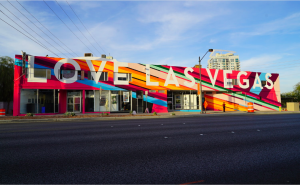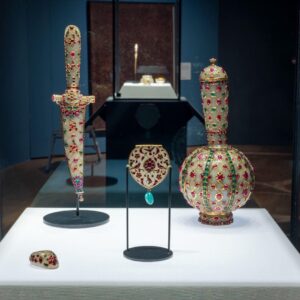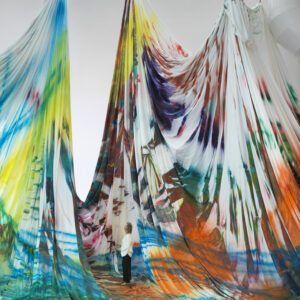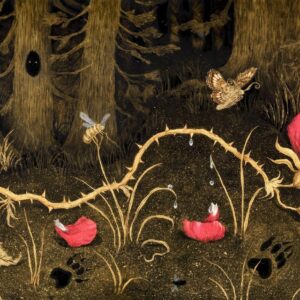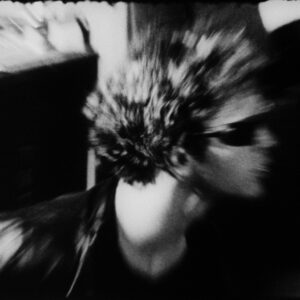World of Warcraft is not just an average game, rather it’s an entire world and has maintained the top position in the gaming business for more than 20 years. Its success is mainly associated with its constant updates, new expansions, and, of course, increasingly difficult bosses. The latter requires ever more experience and mastery to overcome. In other words, you will hardly be bored in the game. Hence, why do many gamers decide to purchase WoW carry services to reach higher as fast as they can? There are many benefits. Time-saving is one of the first things to mention.
But this game is not just boss fights or PvP arenas. Its world is known for its strange locations, word-perfect with minute details, its rich mythology, and infamous lore. Azeroth is a true masterpiece, where the architecture, iconic cities, and even the locations reflect the ancient history and culture of the civilizations that inhabited this world. This article will explore the architecture and design of WoW and how it has become a unique and important element of its appeal. So keep reading to learn how the game’s artistic elements help put players in the magical world of Azeroth.

The Architecture of Azeroth: An Artistic Expression of Different Cultures
The architecture of Azeroth is not just a collection of buildings; it is an art form that expresses the culture and philosophy of each race. All over this world there exist individual styles that portray the inner world and worldview of its inhabitants. The might of Azeroth’s stone walls and the smooth organic shapes mirror technological and historic achievement for each civilization.
Each faction and race in Azeroth has its own distinctive approach to construction, whether it’s the refined elven architecture, the rough and practical designs of the Horde, or the majestic and symmetrical structures of the Alliance. Let’s talk about the architecture of the Horde and Alliance to understand the essence represented by these factions.
The Architecture of the Horde: Raw Power and Primitive Beauty
Survival along with strength and primitive grandeur stand as the main influences in Horde architectural design. The Horde rejects Alliance standards of symmetry and order through its presentation of wildness and defiance. The Horde population constructs their buildings using elements of wood in combination with stone and bones from organic sources. Each rough-looking element shines as an emphasis point because these elements symbolize the unwavering strength and determination of these Horde races.
The capital city of Silvermoon deviates from this norm because it stands as an exception to the typical Horde architectural patterns. The former Alliance city retained all its sophisticated traditions after joining the Horde. Following their decision to join the Horde the blood elves transformed their capital into a dual representation of their epic architecture and their antagonistic new direction for survival. Azeroth possesses Silvermoon as one of its most stunning spots due to its blend of Horde strength alongside traditional elven architectural components.
The Architecture of the Alliance: Symmetry and Grandeur
The Alliance structure exists as an opposite architectural pattern compared to Horde construction methods. Architecture from Alliance places strong emphasis on unity so each element receives detailed planning until buildings represent both power and organizational structure.
Stormwind serves as the perfect example of Alliance’s architectural vision through its status as human capital. The buildings at this site combine high roofs with giant stonewalls and royal palaces to establish a stronghold feel. The buildings of the Alliance originate from the earth’s surface to showcase their enduring strength. Symmetry acts in Alliance architecture to create decorative effects as well as display principles of justice and honorable values.
Alliance structures, such as palaces, temples, and forts, exhibit characteristics of strength through rigidity and demonstrate greatness through their dimensions. The stone and superior construction materials symbolize Alliance strength and stability because this alliance uses these resources to protect its essential beliefs.
The Color Palette as an Emotional Foundation
Color in WoW functions beyond ornamentation because it serves as an effective means to express feelings. For instance, upon entering Elwynn Forest’s bright green atmosphere, players quickly understand this area to be both tranquil and welcoming toward them. In contrast, Icecrown absorbs the player with its cold blues and grays that create an ambiance of tension along with danger and death vibes. Each alteration in the color scheme represents an emotional state through its brightness level since bright shades stand for hope and freedom. At the same time, dark tones symbolize fear and destruction. Technical expertise alone does not explain the visual contrast development process since it functions as genuine artistic innovation to infuse digital worlds with emotional responses through gameplay.
Legends and Mythology as a Source of Inspiration for Designers
The mythological, historical, and cultural referents of the citizens of various civilizations are deeply imprinted into the design of the WoW world. There are some design elements with clear parallels to the myths of previous civilizations. For example, the demons of the Burning Legion take the form of classic representations of ancient gods but at the same time possess elements of catastrophic threat. Thus, this makes the legion’s demons formidable and frightening enemies. The depth of each character and location was strengthened by using archetypes from myths used by Blizzard artists.
Plot and Character Design as Complex Works of Art
Characters in WoW are not static figures. Instead, they are complex stories and psychological conflicts that the characters feel and embody. Arthas, for example, is not merely the “bad guy;” he is a tragic hero who slowly transforms into a villain. His appearance, armor, and even his choice of weapon all reflect his internal struggle. How do Blizzard’s artists apply these visual elements to make characters’ emotional journeys so dramatic? To answer, this we must see how each design element helps form an image that players will remember and produce in them deep emotions.
Final Say!
World of Warcraft is not only a game but rather a work of art. Each character, every detail, and every design element has its own meaning and emotion. This masterpiece combines mythology with architecture, painting, and technological innovations to create a unique and dynamic universe for everyone to enjoy something really special. WoW does not merely reflect the world around us — it builds a new world. And in this world, every stone, every tower, and every enemy is part of something greater.
